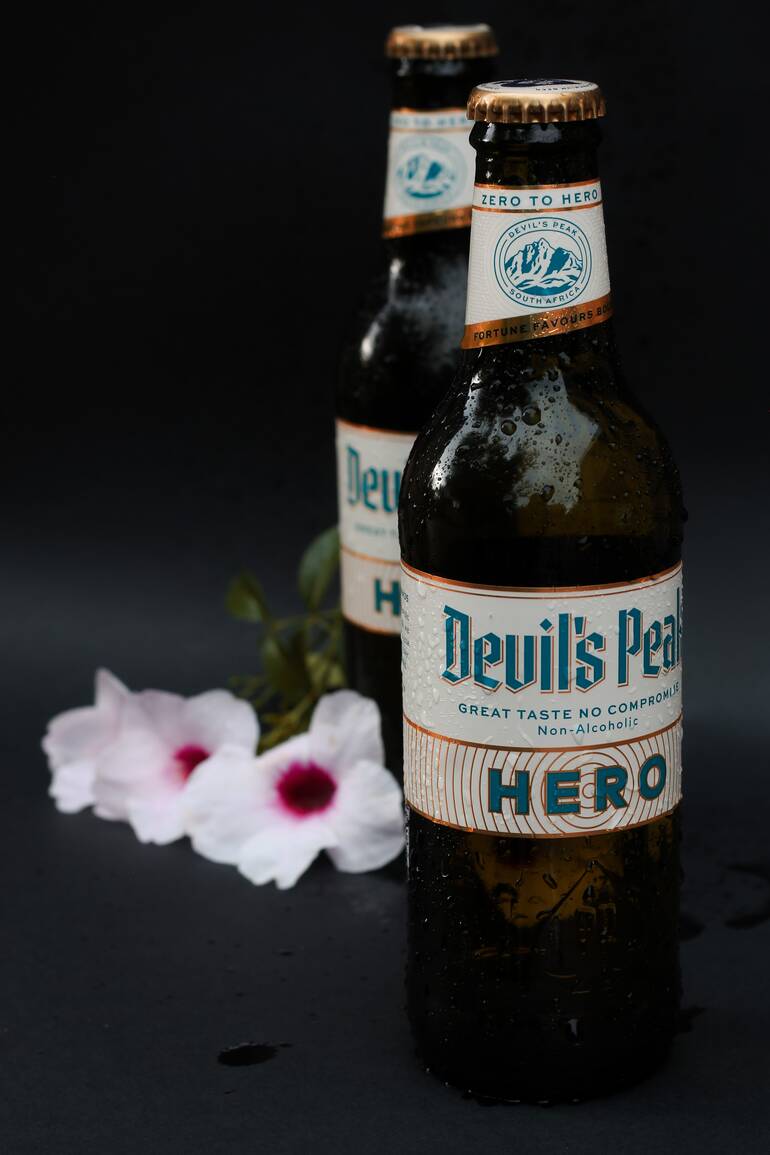Start 14-Day Trial Subscription
*No credit card required

How To Brew Homemade Non-Alcoholic Beer
Beer has always been classified as an alcoholic drink due to its high alcohol content. However, in recent years, individuals have opted for non-alcoholic beers for both moral and health reasons. It's estimated that between 400 and 500 different types of alcohol-free beer are currently being produced in Germany.
There are several nations where beer with less than 0.5% alcohol by volume is considered "non-alcoholic" (ABV). Beer with a low alcohol content has been around since the Middle Ages when table beers with an alcohol content of 1% ABV were popular. Beer with a low alcohol content was produced as a safer alternative to water during times of inadequate sanitation.
US brewers responded to the 1919 Prohibition by creating the first non-alcoholic beers that are still widely consumed today. During Prohibition, anything containing more than 0.5% alcohol by volume was illegal.
How to Make Non-alcoholic Beer
Alcohol-free beers can be made in one of two ways. Brewers can either completely eliminate the alcohol content or limit the amount of alcohol that develops during the fermentation process. You may prevent alcohol from developing during fermentation by employing specific yeasts or by stopping the process before it's completed.
However, these approaches aren't recommended for amateur brewers. Special yeasts are sometimes hard to come by, and a stopped fermentation may not produce the optimum results. Home brewers can learn the process of alcohol removal after fermentation with relative ease.
You probably have all you need if you're already familiar with homebrewing. However, if you're a novice, it's best you learn the basics of beer fermentation using a home brewing kit. The following items are required in addition to the starter yeast, home brewing kit or grain, and fermenting jug:
- A stockpot or brew kettle of at least 40 quarts
- Heat source, either cooktop or oven
- Brewing spoon
The following are steps on how to brew non-alcoholic beer:
Step 1 - Prepare the Alcohol Beer
The production of any beer begins with the same basic steps. This step is quite easy, even more than playing around with a casino with bonus features.
If this is your first time making beer, a home brewing kit is a good place to start. After beer fermentation is complete, the beer must go through the de-alcoholization process.
Step 2 - De-alcoholization Process
Alcohol is often removed from beer by either boiling it off or filtering it using a process like reverse osmosis. However, there are other alternative techniques, such as vacuum distillation.
Filtration/Reverse Osmosis Method
Beer brewed with reverse osmosis is filtered to remove impurities while retaining the fermented alcohol flavor. After the alcohol has been removed by distillation, the filtered water can be reused in the fermentation process.
Reverse osmosis is a costly process that requires complex machinery. Unfortunately, homebrewers would have a tough time experimenting with this technique for alcohol-free beer.
Boil-Off Method
The most frequent technique for reducing the alcohol content of beer is the boil-off procedure. Alcohol, as you may recall from your chemical classes, boils at a lower temperature than water.
The alcohol in beer may be "boiled off" using the boil-off method by heating it to 173 degrees Fahrenheit. It will continue to evaporate from the beer until the target alcohol content of 0.5% is achieved. This is the easiest way to implement for those looking to make beer at home.
Your beer has finished fermenting and is ready to be moved to a stockpot or brew kettle. You may now select how to heat your beer.
- Oven heating - Put the stockpot or brew kettle into a preheated oven at 180 degrees Fahrenheit for 20 to 30 minutes. Before putting the beer in the oven, ensure it has reached the proper temperature.
- Stovetop heating - You may use a thermometer to gauge how far along the process your beer is by placing it on top of the burner. Maintain a temperature of 175 degrees F. You run the danger of getting off-putting or sour tastes if you increase the heat.
Step 3 - Carbonate the Beer
The boil-off procedure often strips non-alcoholic beers of their taste and fragrance, leaving them tasting flat. Beer loses its carbonation when boiled; thus, you're also left with a non-carbonated beverage. Carbonating your beer may be done in two ways: naturally and artificially.
A little extra yeast and priming sugar will be needed before bottling if you want your beverage to be naturally carbonated. Carbonation will occur more slowly with yeast that has not been activated, so make sure you do that before bottling.
In addition, you can carbonate using tablets that are specifically designed for that purpose. The beer may be forcibly carbonated by pumping carbon dioxide into it.
Conclusion
Since non-alcoholic beers are a healthy substitute for traditional beers, they are quickly gaining popularity across the globe. It's great for those who are sobering up or making healthy lifestyle changes.



